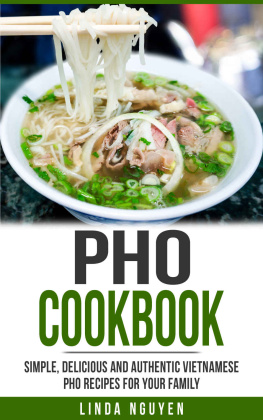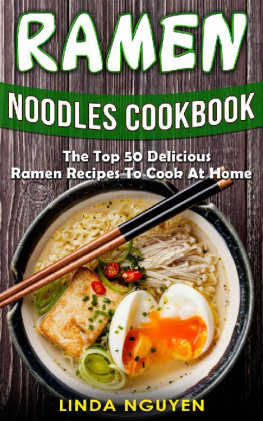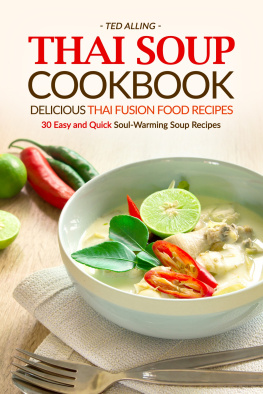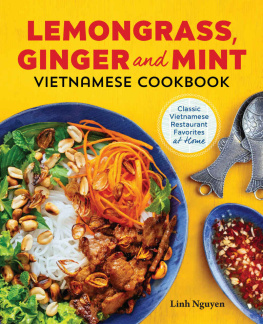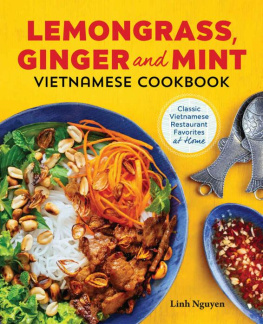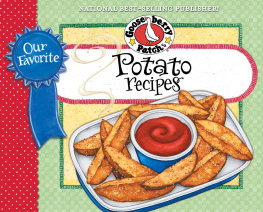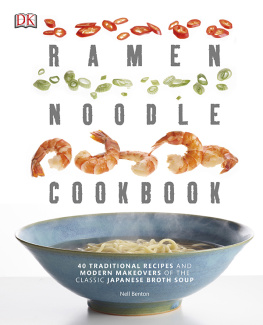Vietnamese Pho
Simple, Delicious and Authentic Pho Recipes for your Family

www.dingopublishing.com
Great Books Change Life
Copyright 2018 by Dingo Publishing - All rights reserved.
The contents of this book may not be reproduced, duplicated or transmitted without direct written permission from the author.
Under no circumstances will any legal responsibility or blame be held against the publisher for any reparation, damages, or monetary loss due to the information herein, either directly or indirectly.
Legal Notice:
You cannot amend, distribute, sell, use, quote or paraphrase any part or the content within this book without the consent of the author.
Disclaimer Notice:
Please note the information contained within this document is for educational and entertainment purposes only. No warranties of any kind are expressed or implied. Readers acknowledge that the author is not engaging in the rendering of legal, financial, medical or professional advice. Please consult a licensed professional before attempting any techniques outlined in this book.
By reading this document, the reader agrees that under no circumstances are is the author responsible for any losses, direct or indirect, which are incurred as a result of the use of information contained within this document, including, but not limited to, errors, omissions, or inaccuracies.
Table of Contents
Introduction
I want to thank you for choosing this book, Vietnamese Pho: Simple, Delicious and Authentic Pho recipes for your family .
If you were to speak to a Vietnamese person, he or she would talk about pho in the same way they would talk about their love life. They would address rice as the dutiful wife, the one we can rely on, and pho as the mistress whom you would slip away to visit. Pho also carries two meanings for most Vietnamese bowl of noodle soup and flat rice noodles. Most people do say that you cannot eat Pho every day since you will get bored. No matter what anybody says, Pho will blow you away when you eat it for the first time. The savory beef, fragrant broth and the springy rice noodles will captivate you.
Most Vietnamese expatriates savor pho as special food and as a path to their cultural roots. Interest in pho has risen over the years, and this dish has moved to the mainstream from the margin. It is a favorite food for many and has also been the focus of novels, rap songs, Kickstarter campaigns and art exhibits. People are in love with this dish for numerous reasons it is healthy (very little gluten and fat), its considered a comfort food (noodles in clear broth), friendly (you can make it your way), and restorative (helps with cold and hangovers). It is also very delicious. It does not take a genius to understand that pho is unusually rich with cultural and culinary gems.
Thanks again for purchasing this book. I hope you enjoy it!
Chapter 1 - History of Pho
Vietnam is a country with a history that spans over thirty-five hundred years, but pho is relatively new. People are not aware of when and how pho came into existence, but they do agree that it happened at the beginning of the twentieth century near Hanoi, the northern capital of the country.
Before 1910, a multivolume effort by Henri J. Oger called Technique du Peuple Annamite (Mechanics and Crafts of the People of Annam, 1908 1910), featured photos of pho street food vendors. The author was a colonial administrator who commissioned wood carvers and artisans to document the life of the people in Hanoi and the countryside.

But, what was the source of the original pho? People believe that before pho gained popularity, it was the food of the people living in the Nam Dinh Province, which was located sixty miles from Hanoi. This village produced a number of pho masters, many of who relocated to Hanoi to open pho shops. We may never know how pho first came into existence, but it is in excellent company almost all favorite foods have a controversy surrounding their origin that fuels imaginations and conversations. It is clear the pho was created when cultures were combined.
There are a number of theories, but a reasonable explanation for pho was first presented in 100 Nam Pho Viet (100 years of Vietnamese Pho). This was a historical essay written by Dung Quang Trinh. There was a lot of interaction between the French, Chinese and Vietnamese in the early 1900s in Hanoi. The French, who had occupied Vietnam from 1880 to 1954, satiated their desire for beef by slaughtering cows, which were traditionally used by the Vietnamese as draft animals. Hanoi butchers sold the bones and scraps. The locals had not developed a taste for beef, and the butchers had to sell their products using different marketing strategies. Vendors, selling noodle soup, realized that this was an opportunity for them to try something new. They wanted to switch the menu in their kitchens to incorporate something new.

Noodle soup was very popular at that time in Hanoi. It was a simple dish broth with rice vermicelli served with slices of water buffalo. In the process, the vendors also traded the round vermicelli with flat rice noodles. This was called noodle soup. Hawkers around the street sold this new noodle soup. Chinese coolies and other workers were the first customers of that pho. Eventually, the popularity of the dish spread across a number of street vendors as their number increased.
Chapter 2 Health Benefits of Pho
Pho is made with a slow-cooked bone broth that is served with meat, vermicelli noodles, and numerous fresh toppings, like basil, mint, bean sprouts and lime juice. There are many variations to the original recipe of the dish, but the traditional version has become increasingly popular in recent times. The dish is not only fantastic winter comfort food, but is also a meal that has some health benefits for your body.
Collagen
The soup base for pho, which is bone broth, has been under scrutiny lately due to its curative properties. The main reason is that the broth contains collagen which is a protein found in bone marrow. When the marrow is boiled, the collagen is converted to gelatin that is beneficial for the gums. This gelatin helps strengthen the connective tissues in the gums, hair, and nails.
Minerals
The slow and long boiling process of making the broth extracts the highest quantity of minerals from the cartilage, ligaments, bones, joints and tendons. The ingredients in a bowl of pho are rich in iron, phosphorous and calcium, which are essential for maintaining tooth enamel and healthy dentin. Some claim that the broth can help in remineralization of teeth.
Vitamins
The lime juice, crunchy bean sprouts, and fresh herbs like basil and mint are used as toppings in traditional pho. These toppings give the dish added vitamins like C, E, and A, all of which contribute to strong teeth, gums, and overall health. If you include more fresh herbs and vegetables, the dish will become more nutritious, so be sure to fill your bowl with them.
Protein and Fiber
Traditional pho is served with slices of beef, but this is not the only protein that you can use. You can include different types of meat in the dish for your dose of protein. You can also combine different types of meat to add flavor to your dish. When you add a lot of vegetables to the dish, there will be a lot of fiber in the bowl, which will help to keep your hunger at bay for longer hours. It is always good to choose whole grain noodles and to avoid high sodium sauces. This will leave you with a highly nutritious meal that is good for your body.

